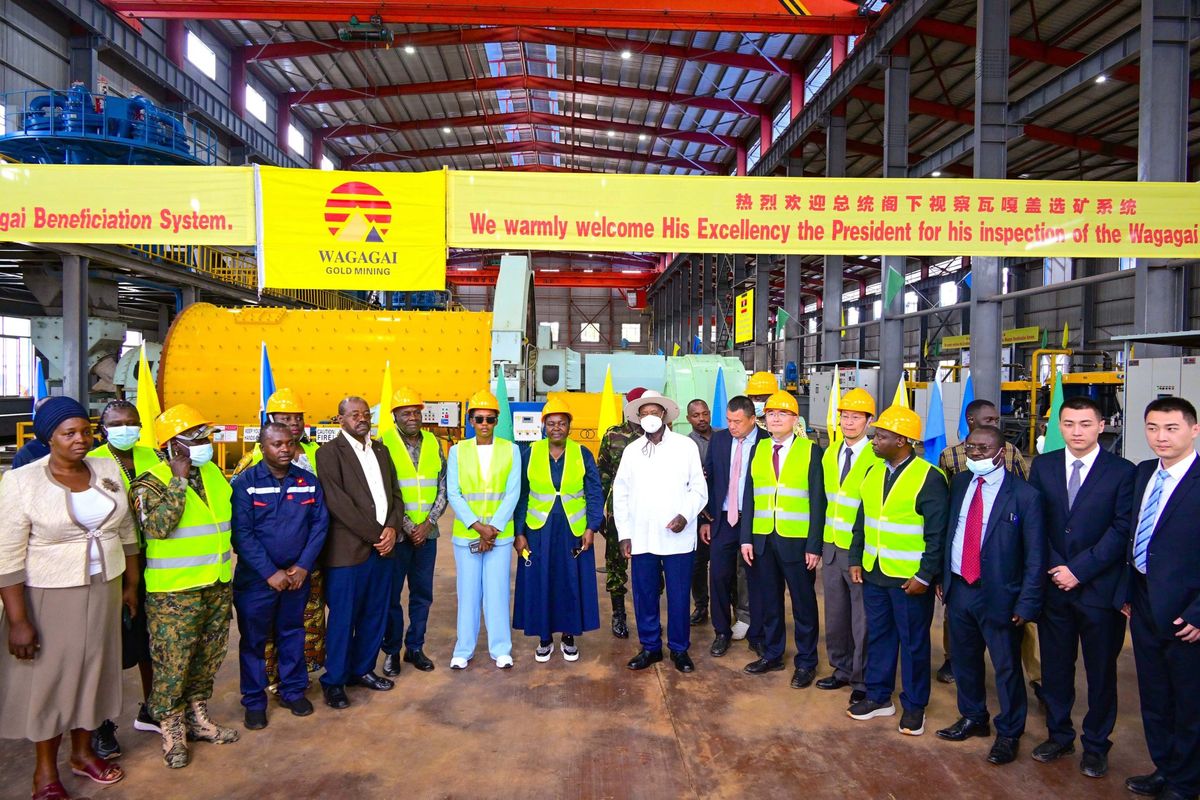
Minerals
Museveni Launches Wagagai Gold Project, Proposes Mineral Wealth Fund to Drive Uganda’s Infrastructure and Economic Growth
President Yoweri Kaguta Museveni has officially launched the Wagagai Gold Mining and Refinery Project in Busia District, a landmark development he says will transform Uganda’s mineral sector and lay the foundation for generational wealth. Joined by Chinese investors and China’s Ambassador to Uganda, Zhang Lizhong, the President also proposed the creation of a mineral wealth fund to channel revenues from gold and oil into major infrastructure projects.
Museveni emphasised that such a fund would ensure that resources from Uganda’s finite mineral reserves are converted into lasting development. “Gold is finite, but the infrastructure we build with its wealth will stand as a lasting legacy,” he said. “We must end the colonial mindset of exporting raw minerals for others to profit. As long as I am president, no unprocessed minerals will leave Uganda.”
He highlighted Uganda’s historical losses from exporting unprocessed ore, pointing out that refining gold abroad meant earning UGX 140 million per kilogram, compared to the sh360 million Uganda now earns locally from 99.99% pure gold refined at Wagagai. Museveni called this past practice an example of “mental bankruptcy” and reaffirmed his policy on value addition as central to Uganda’s economic transformation.
The Wagagai Gold Refinery, established in 2019 by China’s Liaoning Hongda Enterprise Group under a 21-year concession, represents a $150 million investment. General Manager Tan Jiuchang described the refinery as not only an industrial project but also part of China’s broader Belt and Road Initiative, which aims to modernise trade and investment partnerships. “Over six years, we’ve employed over 2,000 Ugandans, trained 700 local workers, and invested nearly $1 million in community welfare,” he said. “Our state-of-the-art technology produces 99.99% pure gold bullions, setting a benchmark for Uganda’s mining sector.”
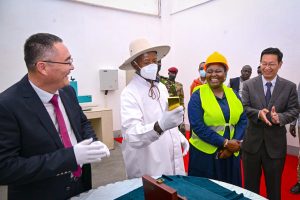
Despite hurdles such as the COVID-19 pandemic and global economic slowdowns, the project has steadily grown, introducing advanced mining technology, creating jobs, and improving infrastructure in Busia. Tan announced expansion plans that include an additional $50 million investment by 2027 to increase ore extraction depth to 600 meters, and another $50 million by 2035 to reach depths of 1,000 meters. The refinery is expected to produce 1.2 tonnes of gold annually, generate $100 million in foreign exchange, and create up to 5,000 jobs across multiple sectors, including logistics, healthcare, agriculture, real estate, and tourism.
Energy and Mineral Development Minister Dr. Ruth Nankabirwa praised the project as a “cornerstone of Uganda’s Vision 2040.” She noted that the refinery is already producing 1–1.5 tonnes of pure gold annually, positioning Uganda as a regional hub for mineral processing. “Gold, valued at $107,773 per kilogram, generated $3.8 billion in exports last year, surpassing all other commodities,” she said. “This refinery reduces reliance on foreign facilities, retains wealth in Uganda, and creates 3,000 direct and indirect jobs, especially for our youth.”
Uganda’s mineral endowment extends far beyond gold. Geological surveys show deposits of 25–30 million tonnes of gold ore in Busia alone (with grades of 1–1.5 grams per tonne), along with 24.5 million tonnes of graphite, 300 million tonnes of iron ore, and 520 million tonnes of rare earth elements. Nankabirwa underscored the diverse value of gold, which goes beyond jewelry into electronics, aerospace, medicine, and central bank reserves.
The Bank of Uganda has already begun piloting a gold purchase program, signaling government commitment to using gold as part of its foreign reserves. Ambassador Zhang Lizhong emphasized that Wagagai is not only a mining venture but also a driver of industrialization and stronger Uganda-China relations. “The project contributes $10 million annually in tax revenue while building technical capacity,” Zhang said. He added that China’s zero-tariff policy for African nations, announced at the 2024 FOCAC Summit, has already spurred Uganda’s exports to China by 103.4% in 2025, with coffee exports rising by 155.1% and sesame by 132.5%.
Bilateral trade between the two countries has surged to $953 million in the first half of 2025, a 32.8% increase compared to the same period in 2024. Ambassador Zhang pointed to China’s 400-million-strong middle class and manufacturing base as offering “vast opportunities for Uganda,” citing Nile Perch maw exports as an example of Uganda’s growing presence in Chinese markets.
Locally, the project has been welcomed as a game-changer for Busia District. LC5 Chairperson and artisanal miner Stephen Wasike Mugeni said, “We have been processing gold to only 86% purity, fetching UGX 220 million per kilogram. Wagagai’s 99.99% purity unlocks far greater value, benefiting our community and economy.”
Museveni stressed that Uganda must use mineral wealth to create infrastructure that will outlive resource cycles. “A sports stadium or railway built with gold revenue will serve Busia and Uganda for generations,” he said. “This refinery is proof that we can harness our resources responsibly and strategically.”
The Wagagai Gold Mining and Refinery Project now stands as one of Uganda’s flagship investments, blending foreign direct investment, local employment, technology transfer, and sustainable practices. With its promise of economic growth, job creation, and infrastructural development, the project is poised to anchor Uganda’s mineral economy and leave a lasting legacy for future generations.








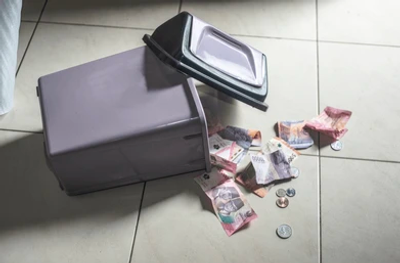

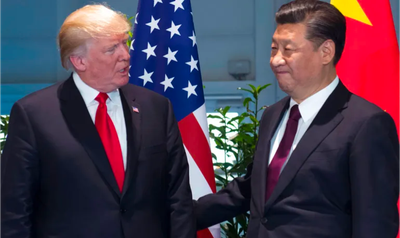
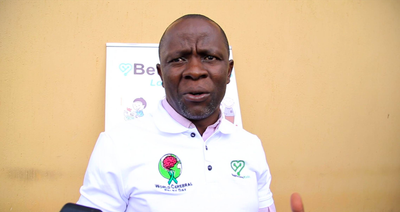
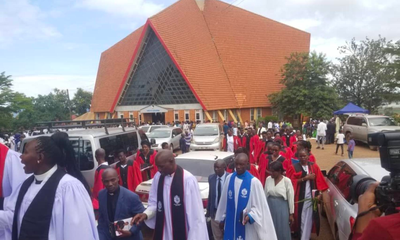
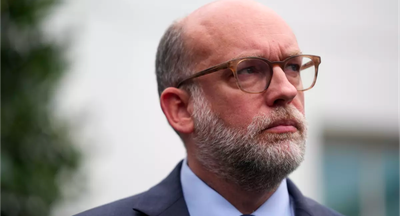
Roswell Mbabazi
Leave a Comment
Your email address will not be published.